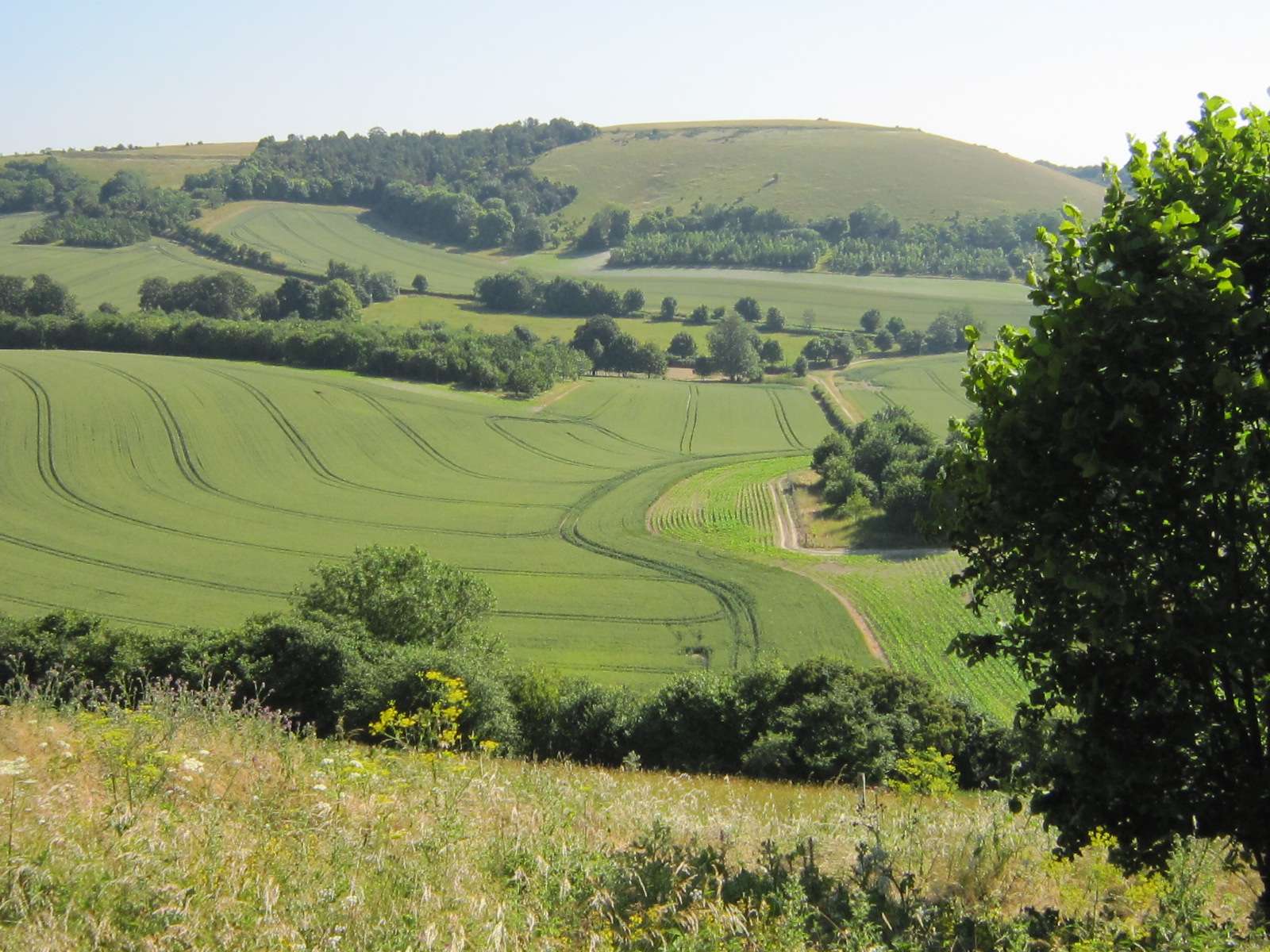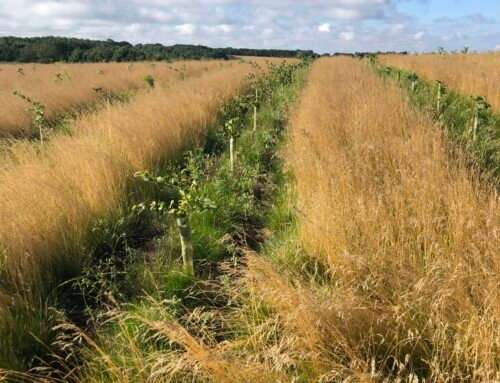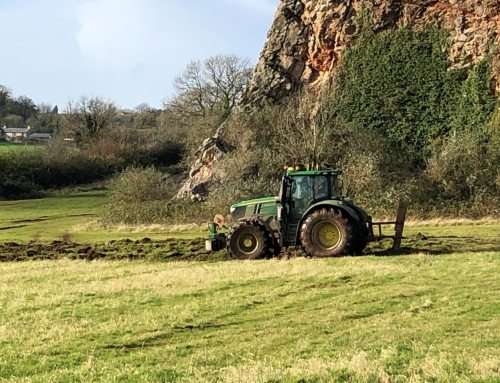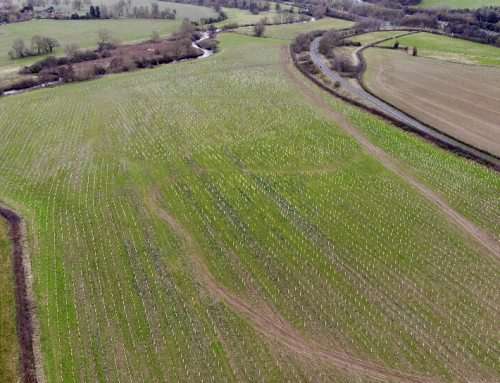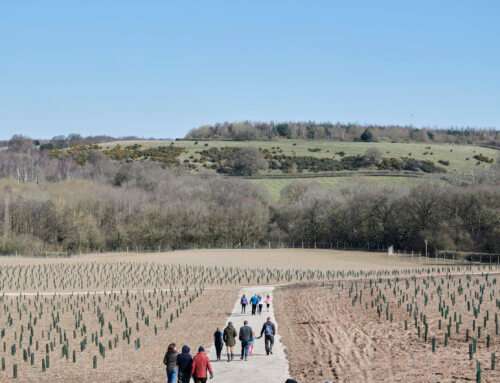Using Environmental Net Gain For Sustainable Development Plans
Site: Old Park Farm, Toddington
Client: IM Properties Development Ltd
Departments Involved: Ecology, Landscape Architecture and Forestry
Overview
The Nicholsons ecology, green infrastructure, forestry and arboriculture teams collaborated with a development in Toddington to meet the demand for logistic space and job prospects to the community whilst prioritising environmental protection and enhancement. Key ecological understanding and engagement with environmental stakeholders was paramount for the successful undertaking of this project.
The site was situated within the Green Belt and in close proximity to the Chilterns AONB. The main objectives included proposed enhancements to the River Flit corridor, creation of a community woodland and careful design to retain and develop green infrastructure networks.
The site is still in the pre-planning stage but our team continue to provide high level environmental support in the form of wintering bird surveys and updated Biodiversity Net Gain assessments to enable the client to evaluate the viability of development options.
Highlights
- Implementation of the Natural England environmental metric to promote sustainable development with an updated metric to comply with the recent statutory Biodiversity Net Gain Metric from Defra.
- Promotion of biodiversity by creating new wildlife habitats.
- Expansion and creation of wildlife corridors to connect ecosystems across the wider landscape.
- Retention of veteran oak trees at the site entrance to foster diverse ecosystems.

Context
The proposed development aimed to fulfil the demand for a logistics space near the motorway network. Objectives included utilising existing green infrastructure, providing job opportunities and enhancing travel connectivity for the community. Emphasis is placed on sustainable improvement of the green infrastructure network while minimising impact on the Chilterns AONB.
This approach seeks a balanced strategy, addressing logistical and economic needs while considering environmental and aesthetic concerns. Thorough environmental impact assessments, community engagement and collaboration with stakeholders were required to align the development with economic goals and environmental preservation efforts.
Challenges
Situated within the local Green Belt, the site required the retention of its green infrastructure networks, necessitating the involvement of additional environmental stakeholders. Notably, the area hosts numerous mature trees of ecological value, underscoring the importance of their preservation. Likely impacts on the River Flit were identified and collaboration was required to minimise any adverse effects from the design.

Nicholsons Involvement
In 2018, our ecologists and arboriculture team led extensive habitat and tree surveys onsite. Wintering bird surveys were conducted simultaneously and are in the process of being updated to comply with regulations and showcase ongoing commitment to monitoring avian populations.
Assessing the habitats against the environmental net gain metric allowed us to identify key areas for green infrastructure enhancement. The ongoing statutory Biodiversity Net Gain (BNG) Assessment aims to establish a baseline to ensure a minimum of a 10% gain in biodiversity. Following new statutory guidelines, the BNG Assessment was updated.
Collaboration with the landscape and master planning teams aimed to reduce the impact on the green infrastructure corridors and develop new opportunities for ecology, local connectivity and access.
Recommendations were made to enhance biodiversity and create new wildlife habitats. Early and open collaboration with local stakeholders have helped to develop levels of trust and engagement ensuring that the project integrates green infrastructure aligning with community needs and environmental regulations.
Outcomes
The Nicholsons ecology, green infrastructure, forestry and arboriculture teams collaborated with the existing design team to successfully craft a sustainable plan that prioritises biodiversity and considers broader conservation aspects. The approach involved enhancing local green infrastructure, engaging with environmental stakeholders and incorporating the local Green Belt, aligning with the government’s 25-year Environmental Plan. Notable outcomes included plans to improve the River Filt corridor, the establishment of a new community woodland and the creation of a network of corridors for wildlife and people.
Our commitment to enhancing environmental net gain reflects our dedication to a positive environmental impact. This collaborative approach led by our expert teams have supported the client to develop a green infrastructure led masterplan that serves as a model for development projects seeking to emphasise long-term sustainability and responsibility.
As and when the project progresses, ongoing monitoring under the guidance of our teams will ensure consistent adherence to environmental goals.
